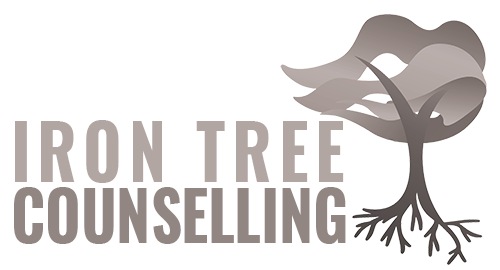Tips to Shift out of Toxic Shame
As I discussed in the two previous blog posts about the different types of shame and how to recognize them, this post is about how to heal toxic shame once you realize you are struggling with unhealthy/toxic shame. These tips are more about how to develop the habit of, once you recognize you are stuck in shame, being able to consciously and intentionally bring yourself out of the unhealthy and unregulated shame that is leading you to hide from parts of your life and ultimately hide from yourself.
Heal Toxic Shame
Unhealthy shame is essentially a survival mechanism by our evolutionary derived biology, physiology, and emotional systems. When we experience an inability to fight or flight from the current stressors (perceived or real) we face, our body shuts down (dorsal vagal nerve is activated).
We then feel the emotion of shame, downcast our eyes, feel immobile in our legs and body, can feel paralyzed and unable to move, and tend to be internally focused on ourselves (frequently in a self-critical manner). It’s as if our body wants to make us disappear from the situation – however, when this happens regularly or frequently in situations where logically there is no threat, we start to “disappear” from important parts of our life and lose out on learning about ourselves in new situations.
So, here is a list of some strategies you can try. First, try one or two to see if they help. Then practice them when you are feeling good – this will help to develop the habit of automatically doing this strategy when you really need it.
Strategies:
Eye Contact: If you have a loved one around you or someone who you trust – make eye contact with them and hold it for as long as bearable. This counteracts the strength that shame finds in hiding and withdrawing from others. If we can allow ourselves to be seen and see others, this can be supportive of relinquishing unhealthy shames’ bind on you.
Movement: Move any part of your body. Moving a part of your body a little bit can start to thaw the freeze response which is often intricately intertwined with shame in general.
Speak: The main principle behind this strategy is to get you to vocalize – to say something. When you are speaking, the higher pitched and more tone to your voice the better (sing a song, etc.). This activates the ventral portion of the vagal nerve (and the sympathetic nervous system) which is associated with being socially engaged, present-centered, and aware in the moment. Thus, this counteracts the experience of feeling locked/withdrawn/frozen that reflects unhealthy shame.
Externalize your Shame: Imagine your feeling of shame as a separate part of you. Picture it as a monster or some other entity (shadowy figure, critical person you have met in your life, a dark cloud etc.). Become curious about this other figure:
- What does it look like?
- Can you draw it?
- What does its voice sound like?
- How does it move?
- Is it fast, slow, immobile?
- What is its size in relation to you?
- What colour is its hair?
- Where is it in relation to you? Behind you? On you? Beside you?
By understanding and externalizing your shame as much as possible you can then begin to see it as something separate that comes along or gets bigger in certain situations. When it is something you can imagine in the physical world, perhaps you can develop a different type of relationship with it, as if it is a real distinctly different person/entity.
Do you already have strategies that help when you are feeling in the throes of shame, immobility, and feeling defeated? Please share them below so that others can benefit from them as well.




